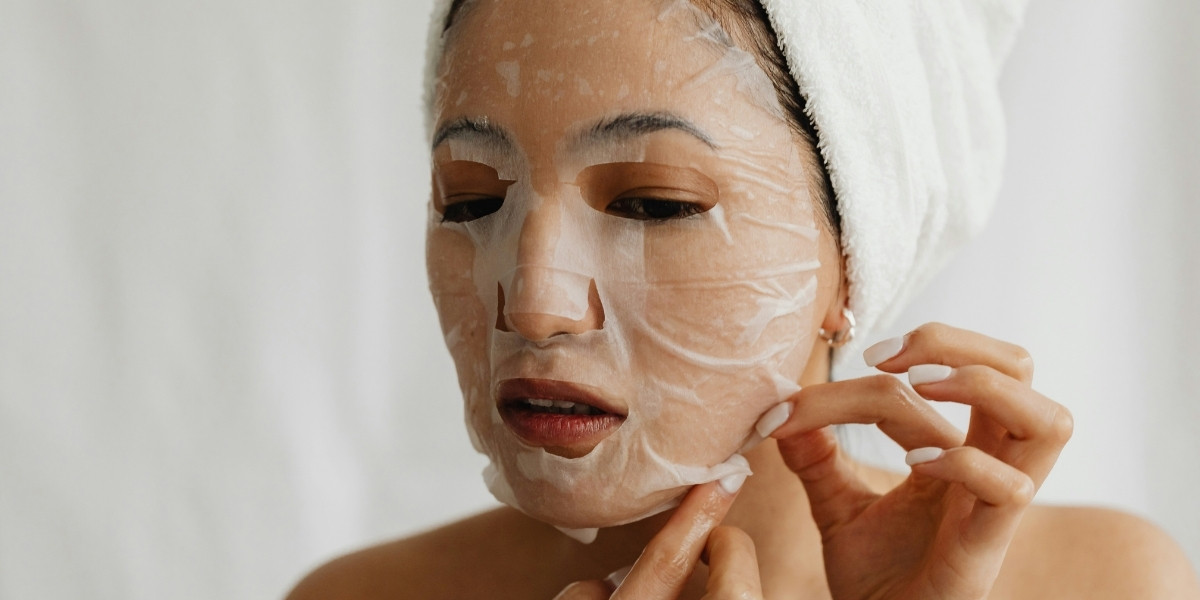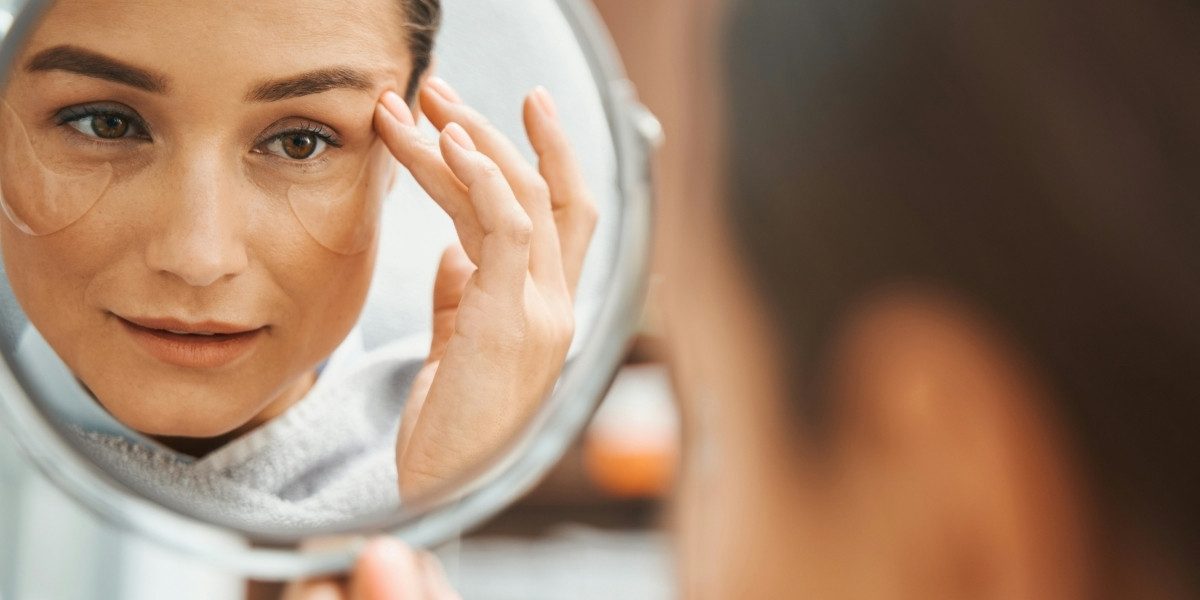The Science of Smooth Skin: How Hyaluronic Acid Transforms Your Complexion
In the vast and ever-evolving landscape of skincare, certain ingredients emerge as true game-changers, and among them, hyaluronic acid stands out as a veritable powerhouse. Often lauded as a “moisture magnet,” this remarkable substance is naturally occurring within the human body, playing a crucial role in maintaining skin hydration, lubrication of joints, and tissue repair. Its ability to hold an astonishing amount of water—up to 1,000 times its weight—makes it an indispensable component in achieving and maintaining a smooth, plump, and youthfully radiant complexion. Understanding the fundamental science behind its action is key to appreciating its transformative effects.
Read Also: Green Beauty: Embracing Eco-Friendly Practices for a Sustainable Routine
The quest for smooth, supple skin is a universal pursuit, and modern dermatology continually seeks ingredients that deliver tangible results. Hyaluronic acid (HA), whether naturally present or applied topically, directly addresses one of the most critical aspects of skin health: hydration. When the skin is adequately hydrated, its barrier function is strengthened, making it more resilient against environmental aggressors and less prone to dryness, flakiness, and fine lines. This intrinsic connection between hydration and skin vitality underscores why HA has become a cornerstone of effective skincare routines worldwide.
Indeed, the widespread adoption of hyaluronic acid in serums, moisturizers, and even injectable fillers is a testament to its proven efficacy. Its scientific backing, combined with its gentle nature suitable for almost all skin types, has propelled it to the forefront of dermatological recommendations. By delving into how this potent molecule interacts with the skin, we can truly grasp its transformative potential, unlocking the secrets to a complexion that feels as good as it looks—smooth, supple, and vibrantly healthy.
What Exactly Is Hyaluronic Acid, and How Does It Hydrate Skin?
Hyaluronic acid is a glycosaminoglycan, a long, unbranched carbohydrate molecule composed of repeating disaccharide units. Unlike some other acids, it isn’t an exfoliant; rather, its primary biological function in the skin is to attract and bind water molecules, forming a jelly-like substance that fills the spaces between collagen and elastin fibers. This creates volume, cushions tissues, and keeps the skin well-lubricated and pliable. Its unique molecular structure allows it to act like a sponge, drawing moisture from the environment and deeper skin layers to the surface, where it’s most needed.

Photo Credit: Unsplash.com
Within the skin’s dermal layer, hyaluronic acid is abundant in the extracellular matrix, the intricate network of molecules that provides structural support to cells. Here, it maintains tissue hydration and contributes to skin turgor, which is the firmness and elasticity of the skin. As we age, the natural production of HA in the body significantly decreases, leading to a reduction in the skin’s ability to retain moisture. This decline contributes directly to common signs of aging, such as dryness, loss of plumpness, and the formation of fine lines and wrinkles, highlighting its crucial role in youthful skin.
Topical application of hyaluronic acid, found in various skincare products, works by forming a breathable, hydrating layer on the skin’s surface. Depending on its molecular weight (HA can come in different sizes, from high molecular weight, which sits on the surface, to low molecular weight, which can penetrate deeper), it delivers moisture to the outermost layers of the epidermis, creating an immediate plumping effect. This surface hydration smooths the skin’s texture, reduces the visibility of fine lines, and imparts a dewy, radiant glow, effectively enhancing the skin’s appearance from the outside in, mimicking its natural hydrating function.
How Does Hyaluronic Acid Transform Skin Texture and Appearance?
One of the most immediate and noticeable effects of incorporating hyaluronic acid into a skincare routine is a dramatic improvement in skin hydration. By drawing moisture into the stratum corneum, the outermost layer of the skin, HA effectively quenches thirsty skin, alleviating dryness and flakiness. This deep hydration results in a visibly smoother and softer texture, as the skin cells become plumped with water, reducing the appearance of rough patches and creating a more uniform surface that reflects light beautifully, contributing to a healthy glow.
Beyond basic hydration, the plumping action of hyaluronic acid plays a crucial role in minimizing the appearance of fine lines and wrinkles. When the skin is well-hydrated, the cells swell with moisture, causing the skin to appear fuller and firmer. This temporary plumping effect helps to “fill in” shallow lines and creases, making them less noticeable. While it doesn’t eliminate deep wrinkles permanently, consistent use can significantly improve the skin’s overall smoothness and elasticity, creating a more youthful and refreshed look without invasive procedures.
Hyaluronic acid strengthens the skin’s natural barrier function. A healthy skin barrier is essential for protecting against environmental aggressors, such as pollutants and irritants, and preventing transepidermal water loss (TEWL), which leads to dehydration. By enhancing moisture retention, HA helps to fortify this protective shield, making the skin more resilient, less susceptible to irritation, and better able to heal itself. This robust barrier function translates to a healthier, more vibrant complexion that feels smooth and comfortable, laying the groundwork for long-term skin vitality.
How Can You Effectively Integrate Hyaluronic Acid into Your Skincare Routine?
Incorporating hyaluronic acid into your daily skincare routine is remarkably simple, given its versatile and gentle nature. The most common and effective way to use it is in serum form, applied to damp skin after cleansing and toning. Applying HA to damp skin is crucial because it gives the molecule existing moisture to bind to, allowing it to draw water into the skin rather than potentially pulling moisture out from deeper layers in very dry environments. A few drops are typically sufficient to cover the entire face and neck, providing a lightweight yet powerful boost of hydration.
Following your hyaluronic acid serum, it is essential to seal it in with a moisturizer. This step is critical because while HA attracts water, it doesn’t create an occlusive barrier on its own. A good moisturizer acts as a protective layer, preventing the attracted moisture from evaporating off the skin’s surface, ensuring that the hydration provided by the HA remains locked in. This layering technique maximizes the benefits of hyaluronic acid, keeping your complexion plump, smooth, and dewy throughout the day or night, creating an ideal moisture sandwich.

Photo Credit: Unsplash.com
Hyaluronic acid is well-tolerated by most skin types, including sensitive and acne-prone skin, due to its natural presence in the body. It can be safely used both morning and night, and it pairs well with almost all other active ingredients, from retinoids and Vitamin C to niacinamide. For an added boost, look for moisturizers or even cleansers that also contain HA. However, always ensure your chosen product contains a blend of molecular weights for comprehensive hydration, providing benefits across different layers of the epidermis for optimal results and a truly transformed complexion.
What Are the Advanced Uses of Hyaluronic Acid Beyond Topical Products?
The versatility of hyaluronic acid extends beyond topical skincare products, playing a significant role in advanced dermatological and cosmetic treatments. Dermal fillers, widely used for facial rejuvenation, are primarily composed of cross-linked hyaluronic acid gels. These injectable fillers are expertly administered by dermatologists to restore lost volume, smooth deep wrinkles and folds (such as nasolabial folds), enhance lips, and contour facial features. The HA gel works by directly plumping the skin from within, mimicking the body’s natural HA to provide immediate and noticeable results that can last for several months to over a year, depending on the specific product and area treated.
Another advanced application is mesotherapy, where small amounts of uncross-linked hyaluronic acid (sometimes combined with vitamins and minerals) are injected superficially into the skin. This technique aims to deeply hydrate the skin from the inside out, improving its overall quality, elasticity, and radiance. Unlike dermal fillers, which provide volume, mesotherapy focuses on intense hydration and revitalization, resulting in a healthier, more luminous complexion. It is often used to improve skin texture, reduce fine lines, and enhance overall skin tone across the face, neck, and décolletage.
Read Also: Bad Pimple Pricking: Why Self-Extraction Harms Skin
Hyaluronic acid is an integral component in many professional skincare treatments, such as hydrating facials and certain types of peels, where its inclusion boosts moisture levels and aids in recovery. Its biocompatibility and powerful hydrating properties make it a go-to ingredient for dermatologists seeking to deliver both immediate aesthetic improvements and long-term skin health benefits. From daily serums to transformative injectables, the scientific understanding of hyaluronic acid continues to unlock new possibilities for achieving and maintaining smooth, supple, and radiant skin across various levels of care.





